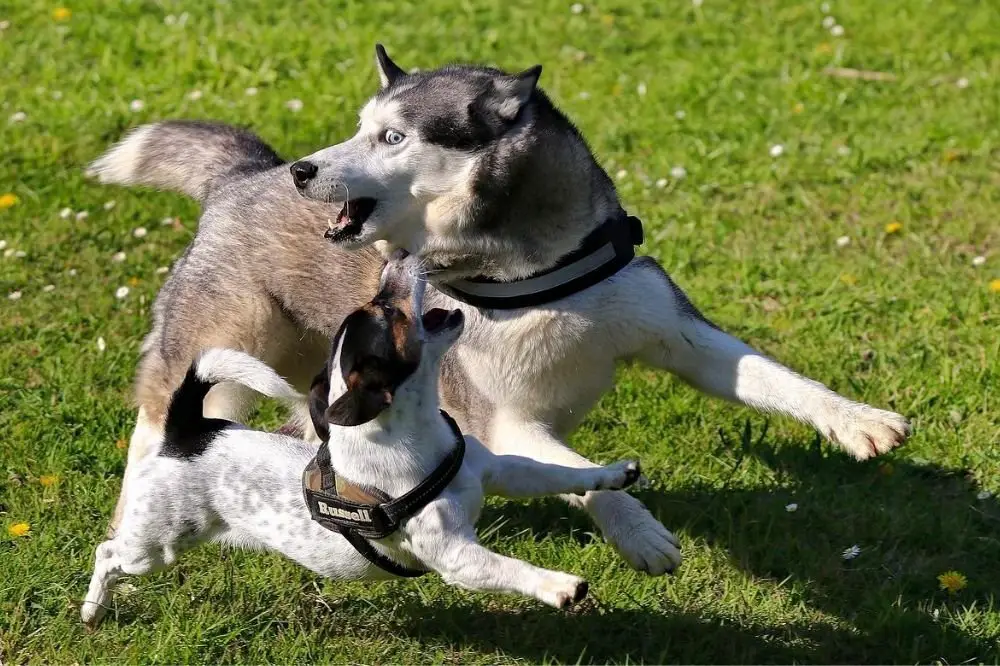Dog Whistles: Should You Buy, And How To Train?
Becoming a pet parent is a wonderful experience and with this comes a lot of responsibilities. Pets are no different than humans, as they also require the same kind of attention and care along with proper grooming. If you are a responsible pet owner, then you must be very particular about the things which you plan for your dog.
When it comes to the training of your dog, many methods can be used to teach them obedience, mannerisms, and commands. A dog whistle is one of them. But have you ever thought if it is harmful to your furry pal’s ear or not? Besides this, if it is safe, how to use it for his training? In this blog, we will find answers to these questions very swiftly.
The Whistle Effect
Whistles have a frequency to pierce into your furry pal’s ear and they can hear it from large distances. Hence, this is a very handy tool for herding or hunting dogs. Are dog whistles effective? Well, the answer is not definite as every dog breed is different and reacts to various methods in a variable manner.
There have always been speculations of dog whistles causing damage to dogs’ ears. Unless you blow the whistle very loud and for a prolonged duration, it won’t damage the ears of your dog. Also, refrain from blowing the whistle very close to his ears. If you see that your dog is not getting used to the method of whistle training, switch him to another mode of training rather than being adamant on sticking to the whistle training method.
Variants of Dog Whistles
- Multi-Tone: This whistle creates dual tones and can be used to create different sound effects. You only need to test as to which tone your dog reacts. Once confirmed, use the same tone to train him.
- Silent: These kinds of whistles are not audible to humans but dogs. One can set the frequency of the whistle as per the listening capability of their furry pal.
- Pea or Pealess: Many whistlescome with peainside them and this helps you create a lot of sound variations to teach different commands to your dog. Whereas pealess whistles do not have that little pea-shaped ball inside to make sound variations. Hence, can make limited sound variations only.
Reasons to Use Dog Whistles for Training
- Training: Whistles are a very good method to train your dog effectively. This is because of the consistent sound which it generates. By generating the same kind of noise for certain commands, your furry pal will get used to it soon and start obeying consistently.
- Guiding Your Dog: Whistles are a good medium to call your dog from far. If your furry pal is lost while playing and you want him to guide back to you, whistles are very effective. Whistles sound can travel to a larger distance than your shout.
Whistle Training Your Furry Pal
The first thing to do after getting hold of a whistle is to decide as to what commands are you willing to make your dog learn. The important thing to remember is keeping the commands simple and in one word. If you use long sentences or loud voice along with whistle sound, your dog will get confused.
The two vital commands which you need to teach your dog are “sit” and “come”. Both these commands are important on their own. Usually, for “sit” command one short blow of whistle is used as this is enough to grab dogs’ attention. Whereas in the case of a recall or “come” command, it should be a longer blow to ensure that your dog can hear it.
Making Your Dog “Sit” With Whistle Command
Making your furry pal learn to sit is very hard as they do not tend to listen to you at first instance. You need to show him a treat so that he sits in the anticipation of the same. Once he sits, blow the whistle and enforce the command by saying “sit” loudly. Now give him a treat and appreciate him by saying “good pal” and repeat the process. You need to do it regularly for him to get well versed with this whistle command.
Making Your Dog Learn “Come” Command Using Whistle Command
To make your dog learn a recall command, you should take him into a spacious hall filled with toys and other stuff. Let your pal explore the area and play with toys. Once he is busy, blow the whistle and see if he comes to you. If he comes to you, reward him with a treat and appreciate with a pat on his head saying “good boy.”
After several attempts, he will learn to associate your whistle blow with the recall command. When you are confident enough of him having well versed with the recall command, take him to a confined area outside and repeat the same training techniques.
Wrap up
In the end, we should understand that whistle training is not the only way to train your furry pal and you should enforce other methods also to teach him obedience and mannerism. Also, you should assess the right type of whistle for your dog as the response of different breeds may vary to the frequency of whistle blow.
You should not yell at your dog if he does not respond to your whistle blow. In such cases, you should try using a different whistle type or generating a unique sound. Many people try to blow the whistle in the ears of these furry pooches which may cause damage to them.
One should also refrain from using silent whistle which penetrates the ears of your dog making them aggressive and uneasy. You need to make sure that whichever type of whistle you are using; it should not be detrimental for your pet. After all, the only thing that matters the most is the comfort of your beloved furry confidant more than anything else.







